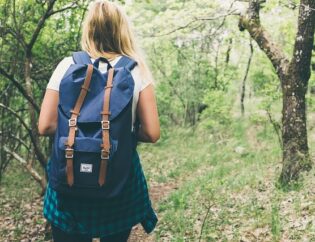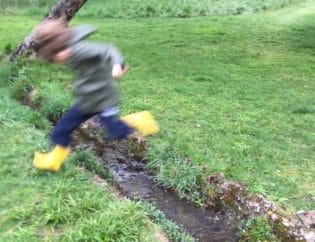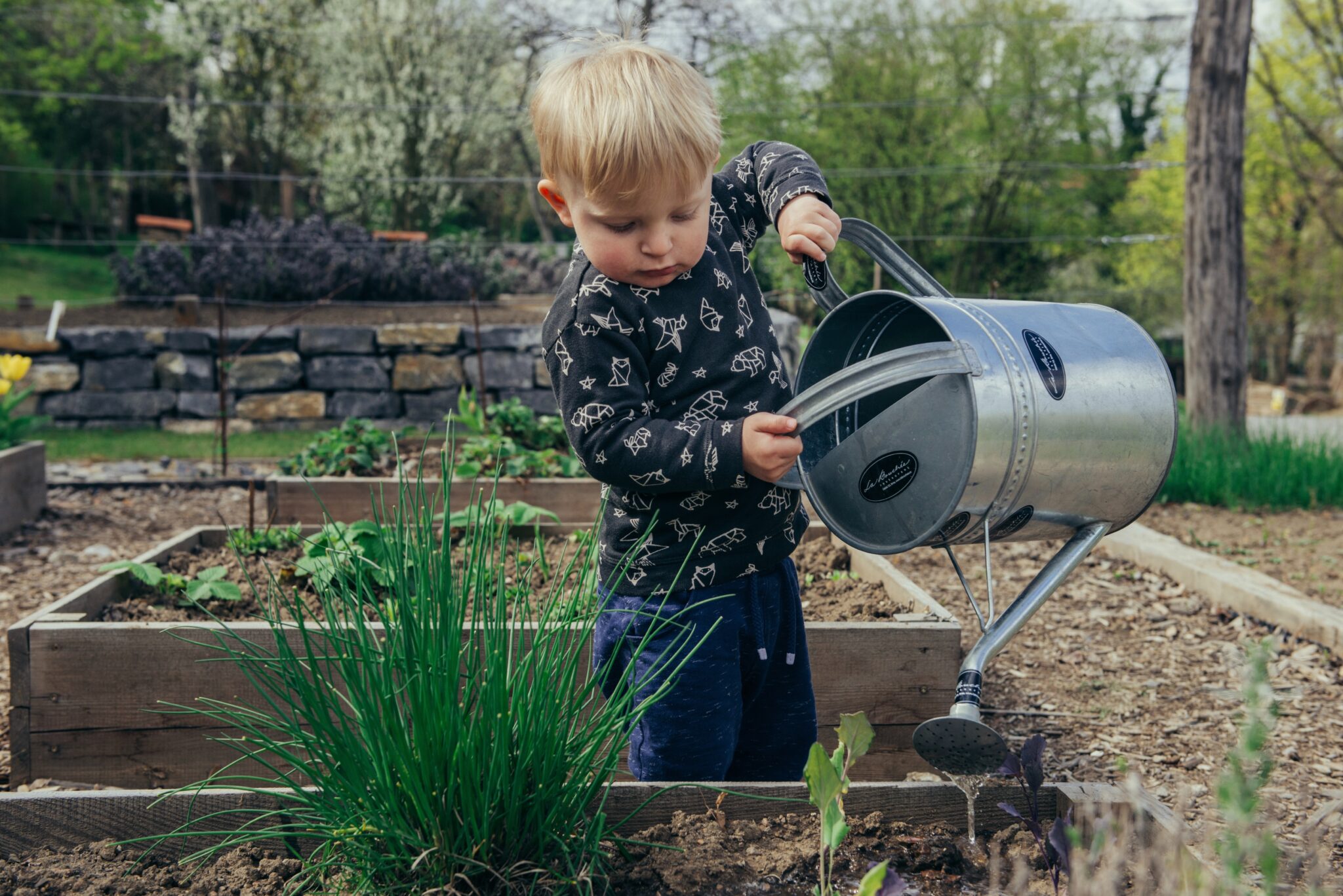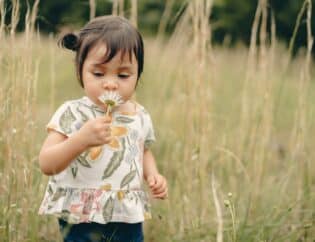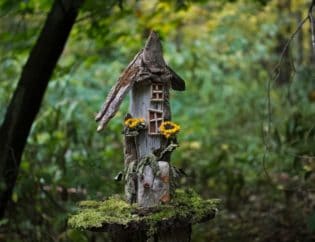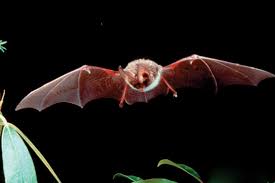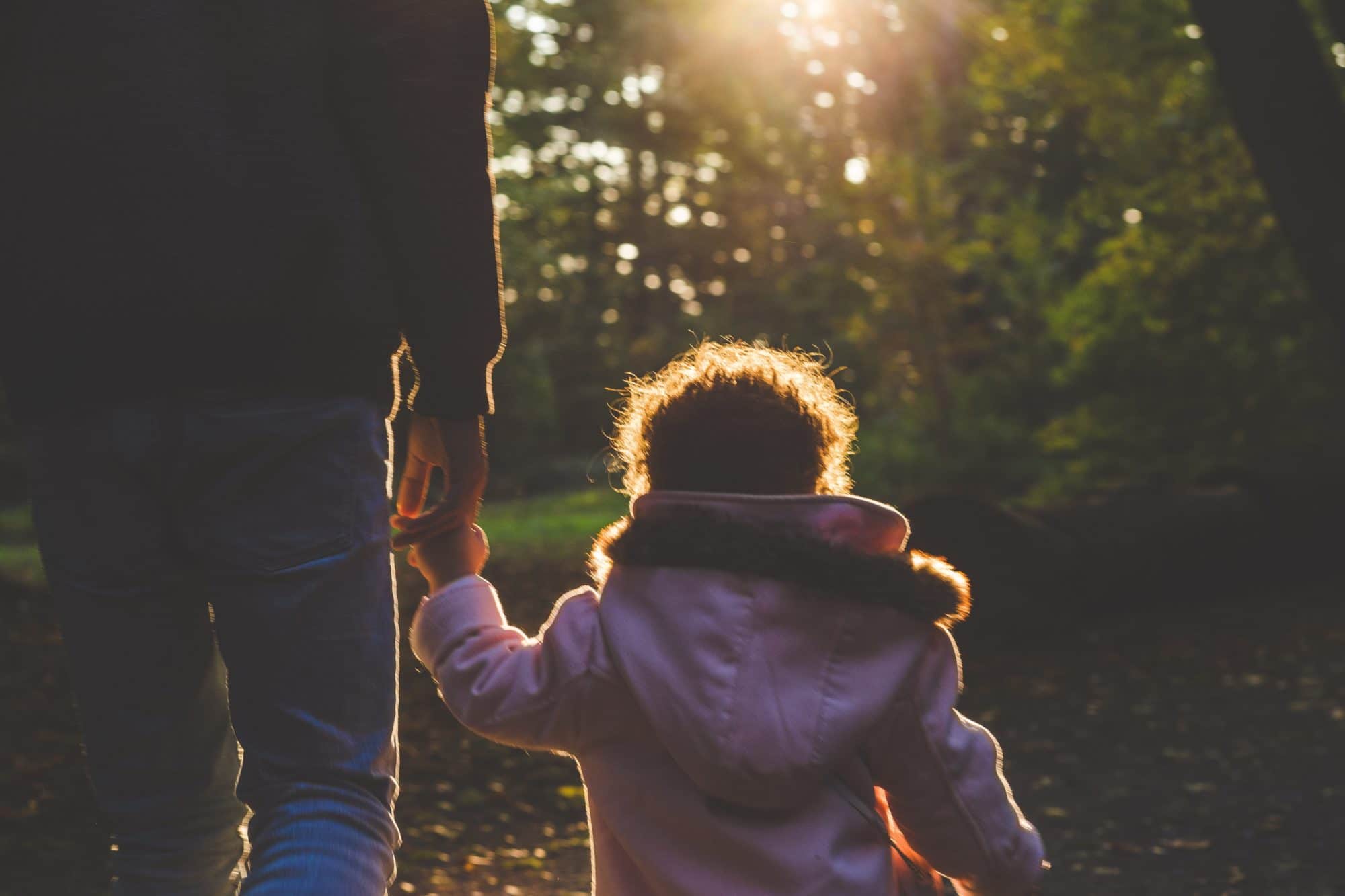
There are many ways for kids to benefit from being outdoors, from gardening outside on a city balcony to playing in a playground or doing a family through hike. Each has its own unique benefits to the child; each suited for different kids and families.
Of the many ways kids can be outdoors, we favor opportunities for children to connect to themselves, to each other and to the natural world. On our list of transformational nature experiences for children is shinrin-yoku. And best of all— it couldn’t be more simple.
Shinrin-yoku is a Japanese practice that literally translates to “forest bath” (“shinrin” means forest and “yoku” means bath). To forest bathe, you immerse yourself in the forest, taking in the atmosphere through the senses. It’s being calm and quiet in a forest, observing nature around you while breathing deeply.
Researchers believe that forest bathing works because it connects us back to our natural state, which lives in harmony with nature. Miyazaki Yoshifumi has been researching shinrin-yoku for three decades. He explains that although human beings and their direct ancestors have existed for approximately 7 million years, we have spent over 99.99 percent of that time living in nature. So our genes are actually adapted to nature and have not changed over the two or three centuries since the industrial revolution.
Because our bodies are adapted to nature, living such overstimulated, digital lives puts us in a condition of stress and overwhelm brains and our bodies. In response to the stress and excess stimuli, our bodies produce stress hormones like cortisol, which have undesirable impacts on health such as hypertension, heart disease, depression, and obesity.
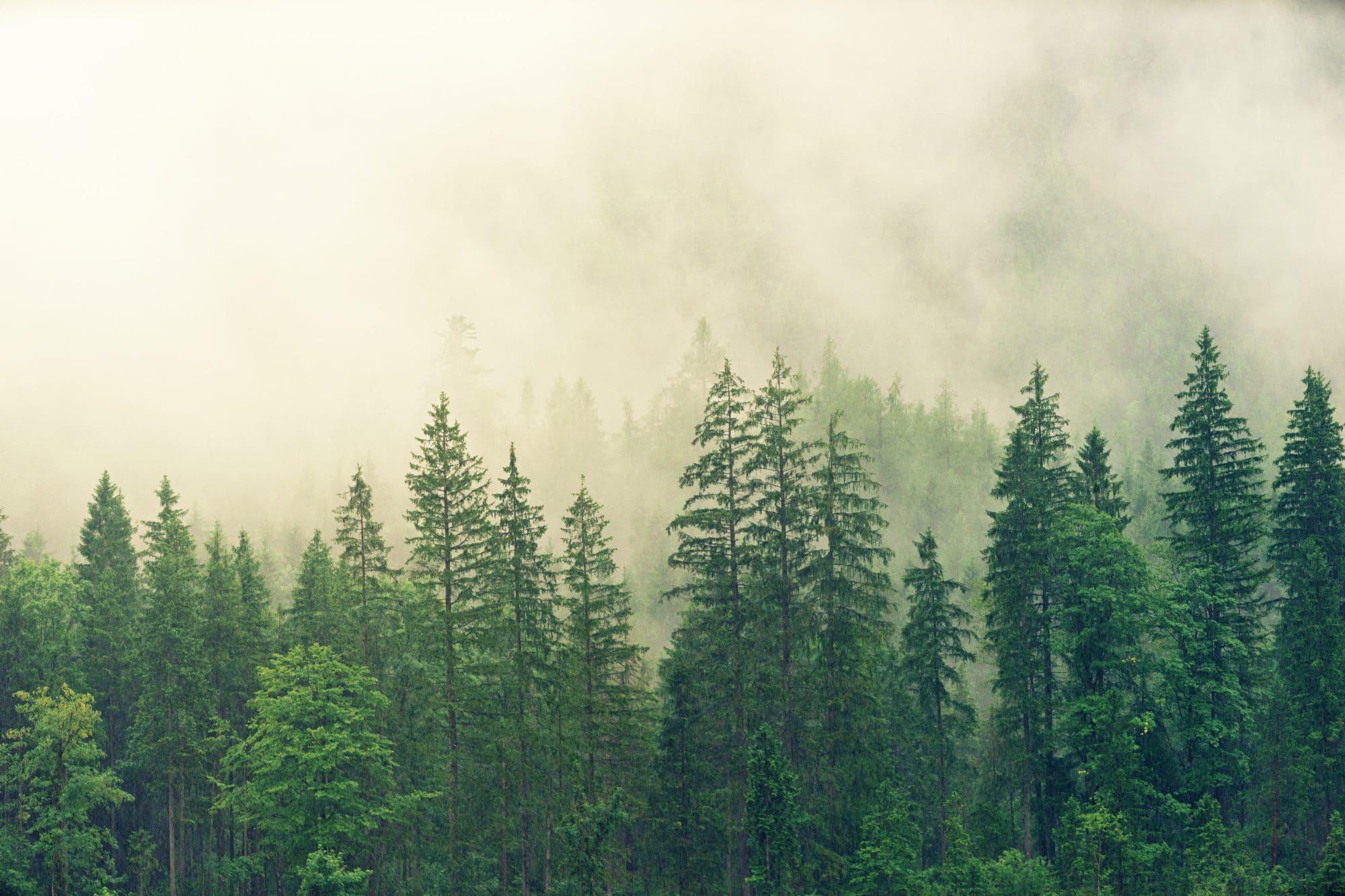
Forest bathing helps us as it transports us from the stress-inducing overstimulation of modern life, bringing us back to a more natural state. Studied extensively over four decades, researchers have found that forest bathing de-stresses us, leading to a host of benefits to people, including reduced pulse rates, depression, fatigue, anxiety, and confusion.
There are probably several reasons why but one of the more fascinating ones likely has something to do with a boost to the immune system from the phytochemicals that trees release, and which we breathe in. One 2009 study found that phytoncide, or essential wood oils or the “aromas of the forest”, contributed to a “significant increase” in human nature killer cells, a type of white blood cell that is known to boost immune function. Phytoncide exposure also decreased anxiety, depression, anger and fatigue, though did not affect vigor. And the benefits can last up to a month.
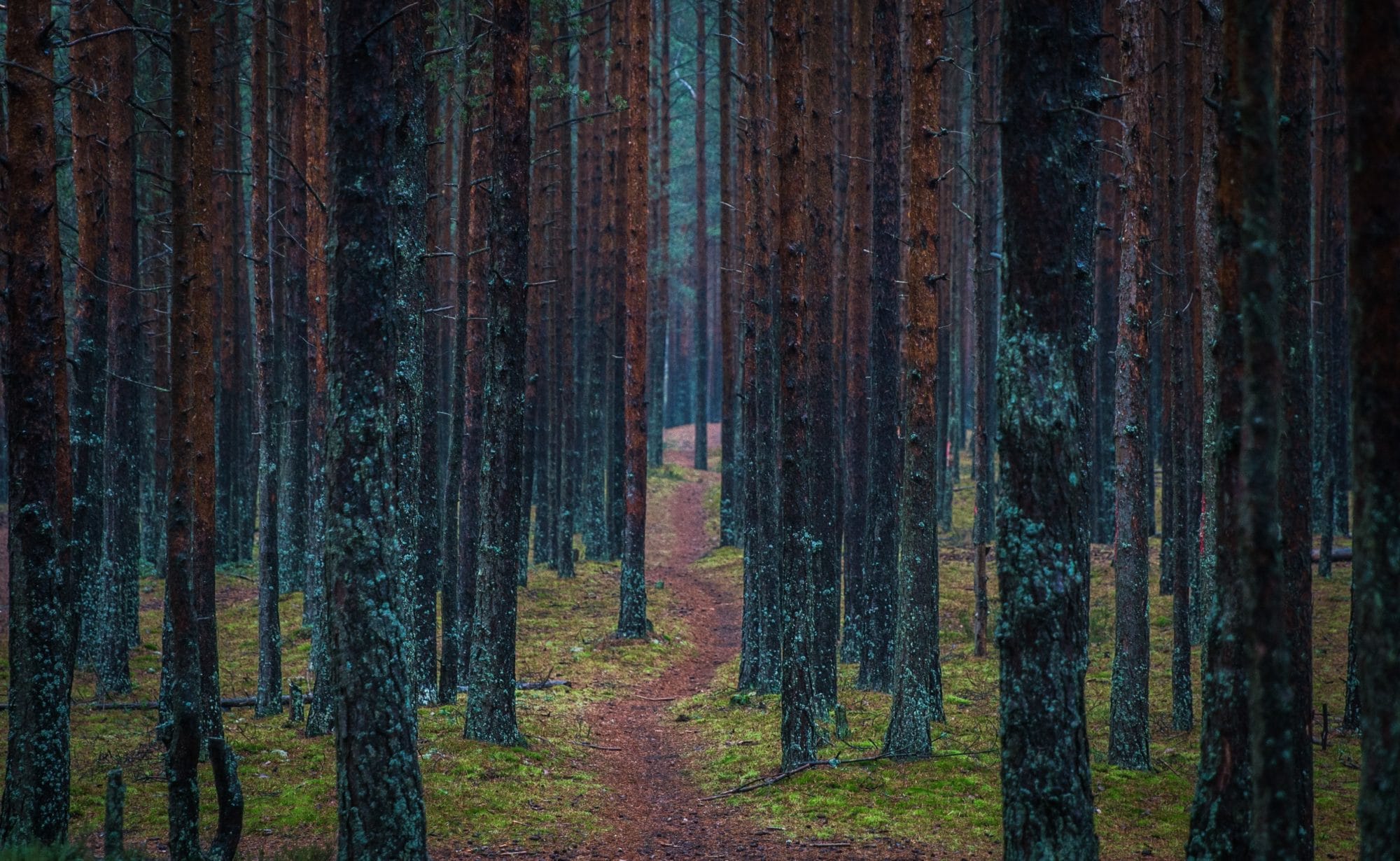
And the group that seems to need a break most from our overwhelming modern society, sadly, is young people. Who we know today have less contact with nature and are more stressed than ever before.
But does it work for kids? According to Yoshifumi, it does. In research with high school students, Yoshifumi says the benefits were clear and that "adolescents experience a physiological relaxation effect just by looking at this flora.”
Stress-reducing effects aside, perhaps one of the most important reasons for children to forest bathe is that it teaches them to tune into nature, which is crucial to their connection with the natural world, and themselves. In an interview on nippon.com, Miyazaki Yoshifumi explains that Japanese people see themselves as on an equal footing with nature, which allows them to connect with it.
“Before making a traditional flower arrangement a Japanese person will turn and bow to the flowers. In the West people may see themselves as above nature. But when people go into the forest and come into contact with nature, they feel good.”
Forest bathing may just be catching on in the US but it has been popular in Japan for decades. In 1982, the Japanese Ministry of Agriculture, Forestry and Fisheries coined the term and instituted a national forest bathing program. It has since designated a number of regional forest bathing reserves. There are now forest bathing stations and walkways scattered throughout Japan.
In the U.S., forest bathing has developed into somewhat of a niche industry with an increasing number of leaders trained in guiding individuals and groups on mindful walks through the forest. Many spas have added forest bathing to their menus of rejuvenating services. But you can give forest bathing a try in a number of ways. You might want to arrange to head out with a guide privately, with a group or just try it out on your own. You can find guided forest walks in a number of areas around North America using the locator map maintained by The Association of Forest Therapy Guides and Programs. Costs vary depending on guide and region. In NYC for example, a group forest therapy could cost $100; individual sessions $165. Australia-based, In My Nature offers INFTA-certified and accredited Forest Therapy including introductory nature walks, guided Forest Therapy sessions and exclusive Forest Therapy Weekend Retreats.
How to forest bathe with your kids
Find your spot
You’re going to ask your child to slow down in order to take in nature so choose a location where you will all be comfortable and relaxed. While any natural area or park with trees will work for forest bathing, the more wooded the area, the better. If you live in a city, try to find a spot away from the hustle and bustle with plenty of trees.
Minimize distractions
In order for you and your kids to fully immerse in the forest environment, turn off your electronic devices and put them away in your pocket or pack.
Go slow
As you begin your practice, start by letting your child know that this is a forest walk, not a hike. It’s important that you all slow down as you move through the forest so you can see and feel more. Dr. Qing Li writes in his book, Forest Bathing: How Trees Can Help You Find Health and Happiness, “Walking slowly will help you to keep your senses open, to notice things and smell the forest air.”
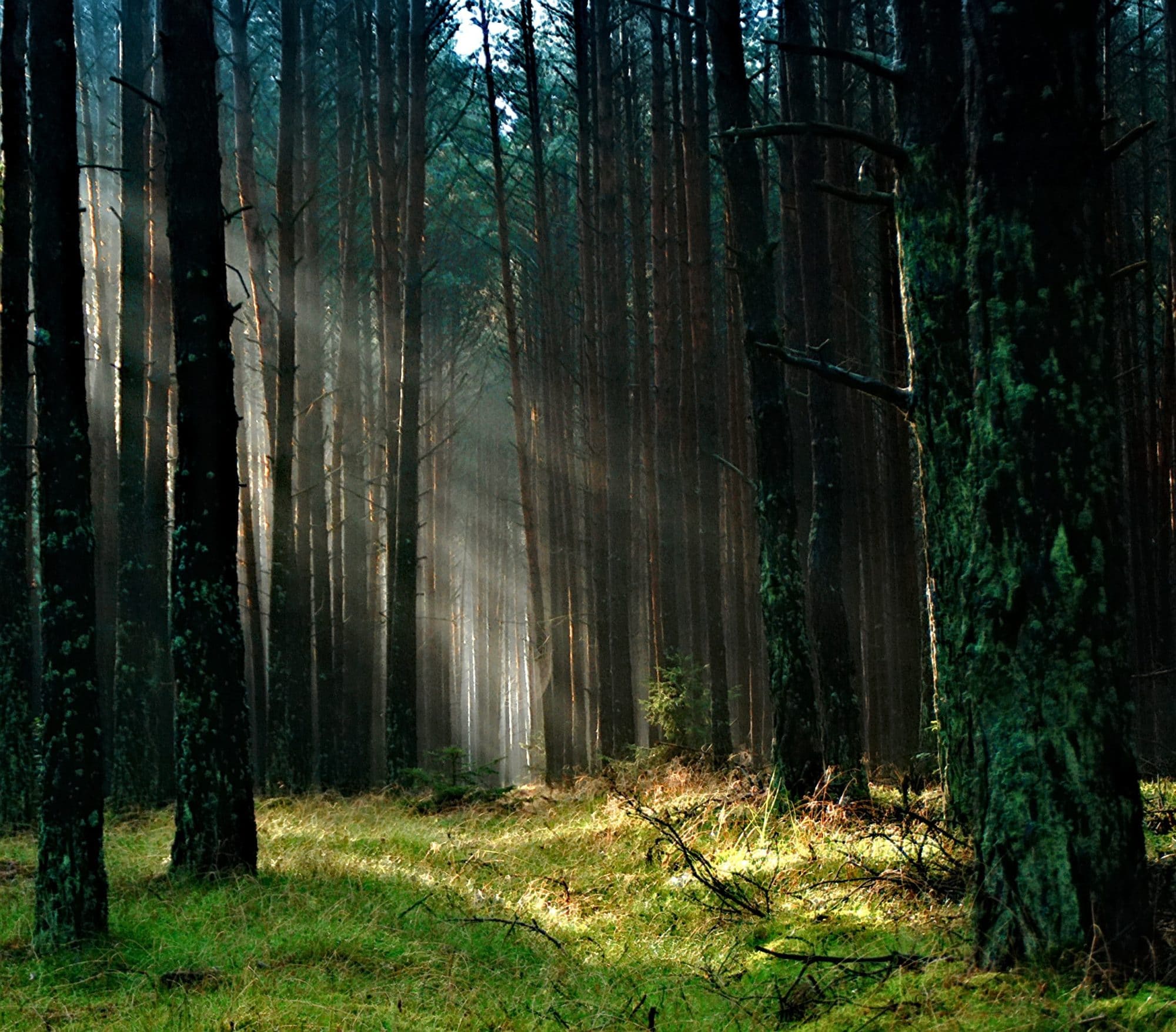
Breathe deeply
Have your child practice belly breathing, taking long breaths deep into the abdomen. Extending the exhalation of air to twice the length of the inhalation sends a message to the body that it can relax.
Stop and wonder
Every once in awhile, ask your child to stop, look up and all around. They can stand or sit. If sitting down, ask them if they can feel the earth supporting them beneath. Remind them it’s important to appreciate the work of the earth, the wind, the sun. Ask them to sit quietly using mindful observation; try to avoid thinking about too many things from their daily life.
Notice the details
Now it’s time for them to open up all of their senses. Ask them to listen to the sounds of the forest: birds, insects, frogs, toads, the sound of leaves blowing in the wind. Look up at the leaf canopy and pay attention to the light coming through. Tell them to tune into nature’s small details like the pattern on tree bark or the rustle of leaves. Take slow deep breaths and smell the fragrance of the forest air. Touch the trees, feel the leaves and soil. Ask them what they can smell. Let them know the phytochemicals that trees release are making us healthy each time we breathe them in.
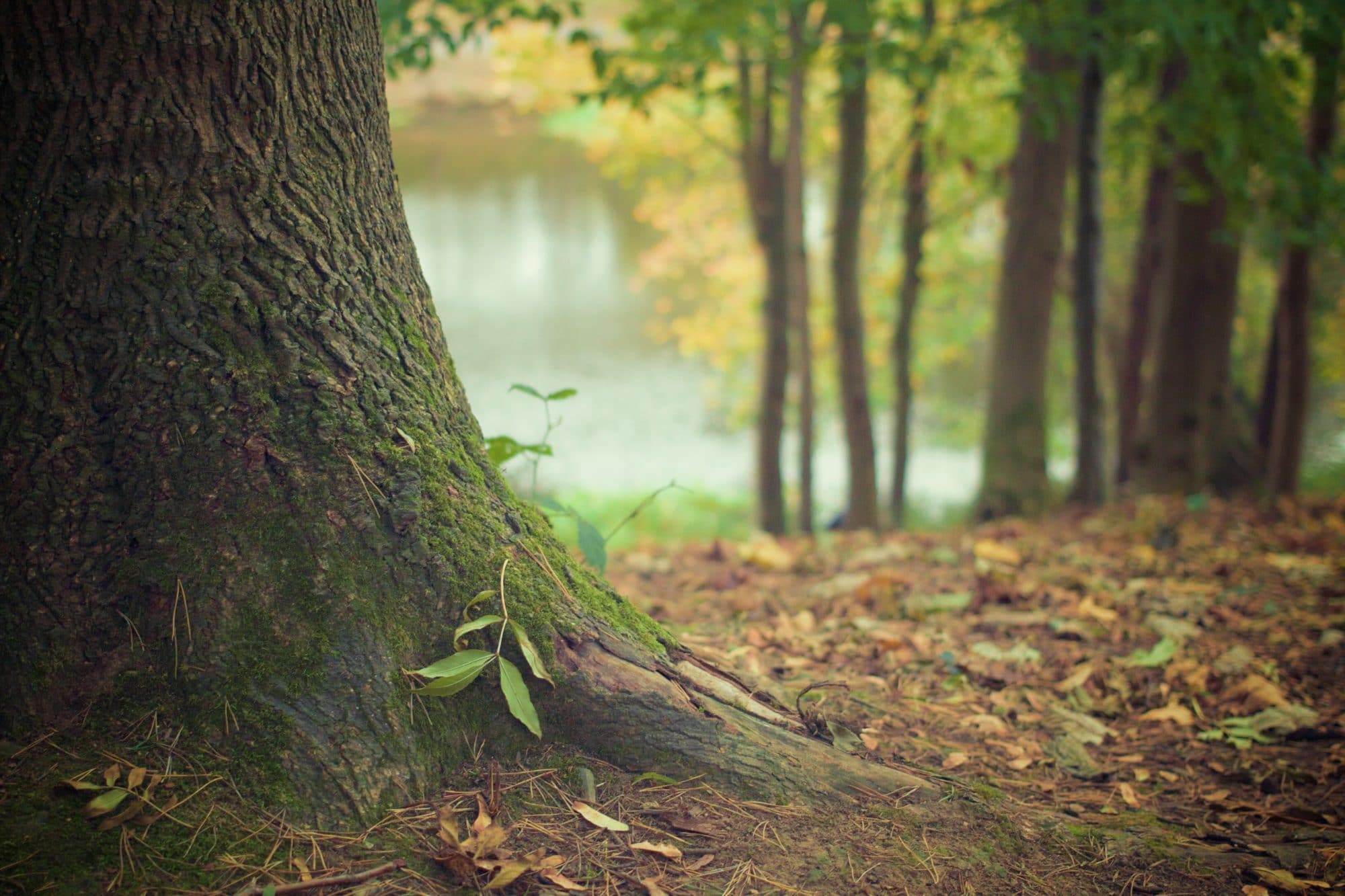
Stay as long as your child can. Guided walks often take hours and two hours is recommended for a complete forest bathing experience. Once you have decided your forest bath is over, check in with your child. Ask them to tune into how they feel inside. Ask them how they feel; if they feel calmer now than before the walk.
You can always start brief and build up. Even taking a 10-minute nature break has health benefits so try a forest bath in your own backyard next time.


